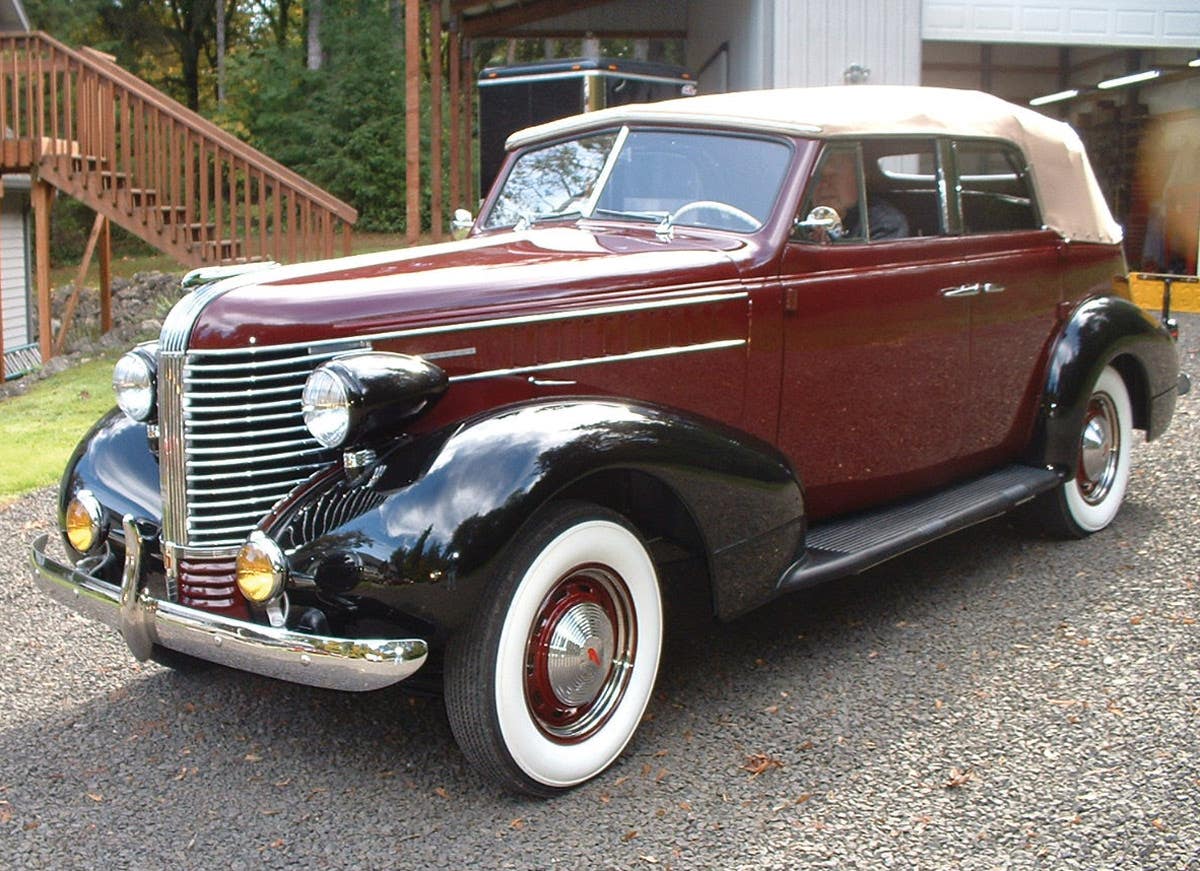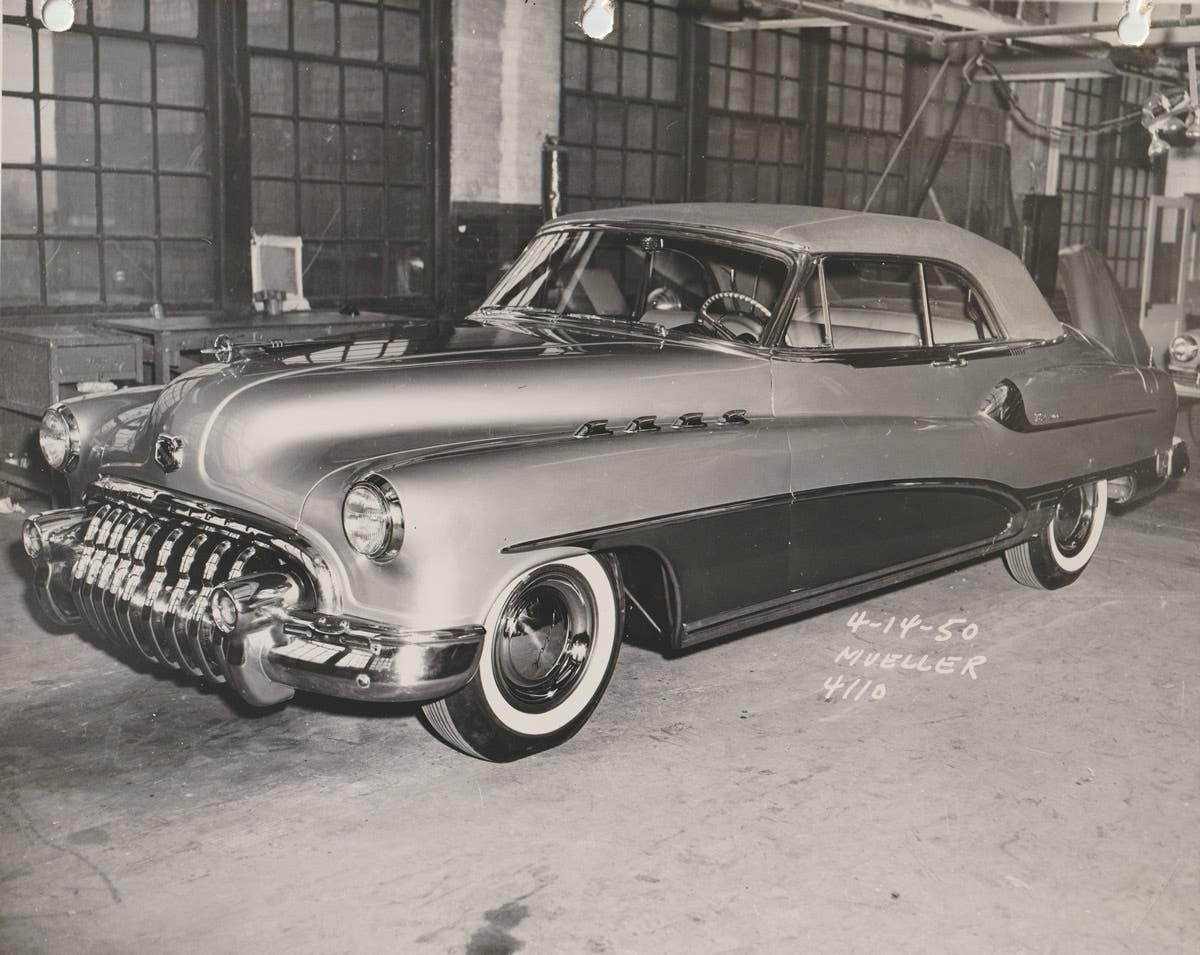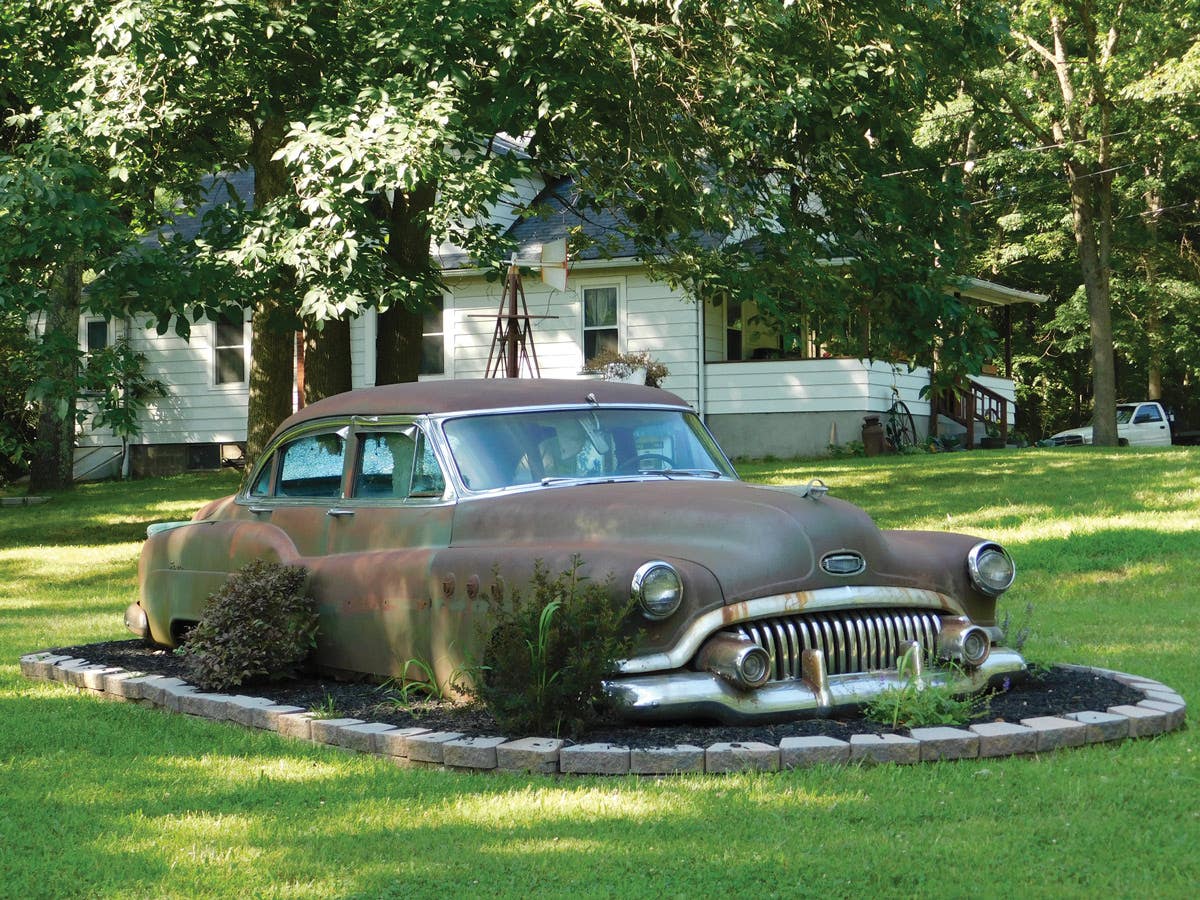Putting the Ticktock Back in Your Old Car Clock
Today, many of the clocks in the collector cars I see are no longer functioning. Yet, it is not that difficult to get them running again and keep them running. With no more than a little patience and some simple tools, it is quite likely you can have your clock back in action in less than an afternoon.
One of my earliest car memories is sitting in the family car and waiting for my dad to run an errand. The car was off, and I could hear a clunk sound once every couple minutes. That, of course, was the sound of the electric clock rewinding itself. Perhaps that is why today, for all my collector cars, I prefer to do a mechanical restoration of the electric clock rather than perform a quartz upgrade.
Today, many of the clocks in the collector cars I see are no longer functioning. Yet, it is not that difficult to get them running again and keep them running. With no more than a little patience and some simple tools, it is quite likely you can have your clock back in action in less than an afternoon.
Mine was a GM family, so the clocks I saw most often were the common Borg Instruments units. The Borg clocks are all pretty similar: 12-volt electro-mechanical with a set stem coming out through the face. The clock mechanism itself is usually fine; it is normally the electric winding function that fails. So the actual repair is a common electro-mechanical job (although quite small), and very similar to many other automobile electric repairs.
For this article, I will be working on a clock from a 1971 Buick. It is a typical example of this unit. The steps demonstrated are essentially the same for most clocks found in U.S.-built cars from the mid ’50s through the ’70s. These steps should translate to most collector cars of that period.
How does it work?
These clocks are simply spring-wound machines, utilizing a mechanical spring/gear movement assembly. There are, however, two unique features in the auto application. The first is that it’s designed to run only for a minute or two before it requires re-winding; the second is the addition of a 12-volt, solenoid-actuated winding mechanism.
The clocks are run through a set of contact points wired in series with the solenoid coil. As the clock runs, an arm with one contact point moves closer to its mating contact. The design is such that it allows the points to close, completing the circuit before the spring winding runs down. At that instant of contact, the solenoid gets 12 volts, and the arm that had been stationary pulls in, and it kicks the contact on the moving arm, which then swings the mechanism around rewinding the clock.
This motion not only winds the clock again, but it breaks the circuit at the same time. It is the kick of the 12-volt solenoid that makes that periodic “thunk” you’ll hear if you sit in a car when it’s really quiet.
The clock is assembled in layers; the upper layer houses the solenoid and the connector plug. Typically, there are posts that hold the entire stack together. The posts usually fasten by having their forked ends flared out, capturing the topmost board. The other boards that make up the actual clock works are made of metal. The plug exits through a hole in the back of the case itself.
There is usually an auto calibration feature for these clocks. It nudges the speed calibration plate in the same direction that the setting knob moves. That is, if you move the hands forward, it will also nudge the calibration a bit faster; if you move the hands backward, it will nudge it slower. The theory is that if the clock is off by a couple of minutes a day, you will twist it every day, and eventually the calibration plate will get moved far enough in the correct direction.
However, the clock speed is affected by its average temperature, so this calibration drifts seasonally. And further, since collector cars are not usually driven daily, it can get off the correct time quite a bit before you re-adjust.
For these reasons, I usually adjust the speed of the clock to get it as close as I can before I close the case back up. It’s quite simple to move the adjuster once you have it opened up, but more on that later.
There are only a couple of details of the clock mechanism itself you’ll need to be familiar with. The oscillator wheel is a flywheel-like part that is actually connected to the mainspring. After getting the clock cleaned and lubed, you may need to give this wheel a spin to get it started. Be gentle, as it is a precision part, and it rides on very small pivot points.
Another part of interest is the winding gear. A cast-metal part with a ratcheting pawl has a long extension spring wrapped around it that is pulling it in one direction. That spring provides the force that runs the clock. This winding gear applies the constant pull on the clock; it also contains the rotating arm of the contact points. By rolling this so that the points open, you can manually rewind the clock. Pushing in on one side of the pawl releases it, and will allow it to unwind until the points are closed again.
What can go wrong?
By far the most common failure on these clocks is a burned wire at the outer wrap of the solenoid. The usual scenario is as follows: First, the car sits unused long enough that the battery begins to die. Second, at some point, the full 12 volts are no longer available. Third, the voltage reaches a level that is not high enough to kick the solenoid, but there is still some current flowing. Fourth, the contact points stay closed, and the wire gets so hot that it burns through.
Another possibility is that the contact points no longer complete the circuit, due to either corrosion on the points or dust and dirt buildup. It’s a good idea to file the points with a point file to ensure connectivity. I have seen some clocks that simply got so old and dusty that the gears stopped turning before the points made contact. In that case there is nothing actually wrong — it merely requires cleaning and lubrication to get going again.
Diagnose, disassemble, repair
As always, begin with the basics. Check the fuse, wiring, etc., to make sure you have 12 volts at the plug to the clock. Assuming you do, remove the clock from the car. Before you open the clock case up, check the plug contacts with an ohmmeter (or a test light). If there is a closed circuit (continuity), you know that the points are good, they are closed, and that the wiring on the solenoid is intact. In that case, you will need to only open it up and clean and lube it.
In most cases, however, there is some problem that will cause the circuit to be open. If you find an open circuit, you’ll need to keep digging. It could be the wiring on the solenoid has burned, or that the mechanism is stuck and the points never returned to the closed position.
Now we’re ready to get inside and do some more checking. Remove the knob from the set stem. Some are held on by a small screw in the center. Also, the entire knob may simply screw onto the shaft. In either case, you’ll need to hold the stem to prevent it from turning. I use a miniature, curved needle-nose pliers. Open the clock by bending the tabs that hold the face on, and then lift the back case off of the lens and face. You may need to push the connecting plug down to get the back to release. The works then comes out of the case but stay with the face, since the clock hands are still connected. It has been in there for 20 or more years, so use care while opening it up.
On the workbench, you can visually check to see if the contact points are closed. If not, you need to get them closed so you can finish checking the solenoid wiring. The moving arm is always being pulled back to its closed position by the tension from its winding spring. It engages the rest of the gearing by means of a small ratchet pawl. Release the pawl so that the points swing closed. Clean the contacts, then check the two spades on the plug for continuity again. If you have a closed circuit, then the solenoid wiring is good, and you just need to clean and lube. If the circuit is still open, then the solenoid wiring needs to be repaired.
Before fixing the wiring, you should check the clock works itself. Push the moving arm opening the contact points to wind the clock. If the clock doesn’t begin running, gently flip the oscillator wheel to get it going.
For cleaning, get some electronic cleaner spray from an electronics store like Radio Shack. Ideally, try to find the tuner cleaner with lubricant. This will eliminate the need for separate oiling. If you have cleaner only, then after you clean, you will need to put a small amount of oil on the bushings. Go very lightly with the oil; get very lightweight clock oil, or Neet’s Foot Oil. Use tiny drops, and only at the points where the shafts ride in the brass bushings.
To get to the solenoid, you need to observe how the works is stacked up and remove the upper piece. You can rewind the entire coil, but it is seldom necessary, as the part that burns is almost always the last turn of the winding where it goes away from the body of the winding to a soldered tab on the mount. Find the end, unwind one more wrap, strip the end, and re-solder it where it used to go. You can check the repair with your ohmmeter (or test light) after you put it back together. And when you re-assemble, be sure the ends of the posts are spread to securely grip the metal part. This is a critical part of the circuit back to the plug.
Cosmetics
There are several cosmetic items you may want to address while the clock is opened up. The hands simply pull off, as they are force-fitted onto their respective posts. The second hand often has a deep-set post.
With the hands removed, you can clean the face, and, if needed, repaint the hands. You need to pop the retainer out of the frame, and then the plastic lens will pop out separately. The inner surfaces of that face frame are often painted a light blue to coordinate with the dashboard lighting on the car. Clean up the blue, and if necessary, repaint.
If the lens is flat, you can cut a replacement out of acrylic sheet from the hardware store. Simply lay the old one on the new material and trace the shape and the location of the stem hole.
Finally, the inside of the case came from the factory in white to reflect the light around the face. Over the years, fine dust from the clock works makes it dirty and dull. Definitely repaint with a bright white spray paint. The difference will be remarkable when combined with a new lens.
Calibration
A small swinging support moves a slider along the outer spiral of the mainspring. The spring’s action stops at the location of the slider, effectively allowing you to adjust the working length of the spring. That, in turn, makes the clock run faster or slower.
After you have completed the repair and reassembled the face and knob, you can connect the clock to a 12-volt source and check the calibration against a stopwatch. Moving the slider farther outward along the mainspring’s spiral will make the clock run slower. Usually, running the clock for five minutes will indicate if you need a large adjustment. After that, you can do a one-hour test, or simply check for another five minutes, then put it in the car and let the auto calibration continue to zero it in.
Summary
Sometimes clock repair is simply a matter of opening, cleaning, and lubricating. That is not usually the case, but it does happen. Usually, it will take a bit more effort and investigation. But the process is not very different from most other automobile electric repairs you have done in the past. And when it is done, you can enjoy the satisfaction of having personally restored a system to function as originally designed.
If you like stories like these and other classic car features, check out Old Cars magazine. CLICK HERE to subscribe.
Want a taste of Old Cars magazine first? Sign up for our weekly e-newsletter and get a FREE complimentary digital issue download of our print magazine.







